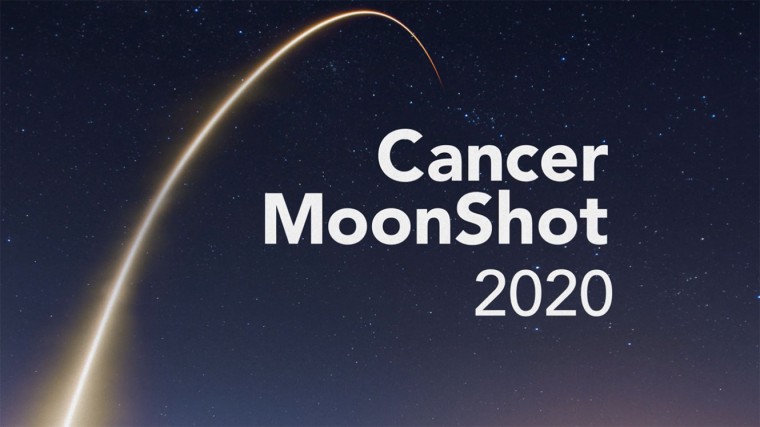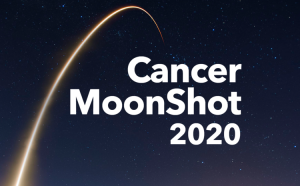
President Obama makes defeating cancer primary goal … can it be done?
In what would surely be a giant leap for mankind, President Barack Obama announced an effort designed to “end cancer as we know it” during his final State of the Union address in January. The initiative is being referred to as a “moonshot project.” That comes from the concept that was used when President John F. Kennedy declared the nation would put a man on the moon. There was no precedent and no guidance available to accomplish the task. But, work commenced as partners from various sectors and areas of expertise joined forces and began to collaborate. The mission was accomplished and America put a man on the moon.
 To lead the next “moonshot project,” a Cancer Moonshot Task Force was created. As announced, its first goal is to create a decade’s worth of cancer advancements in the next five years. To support the endeavor, the president proposed $1 billion for cancer research over the next two years.
To lead the next “moonshot project,” a Cancer Moonshot Task Force was created. As announced, its first goal is to create a decade’s worth of cancer advancements in the next five years. To support the endeavor, the president proposed $1 billion for cancer research over the next two years.
Vice President Joe Biden was named to lead the task force with a mandate to break down silos between government agencies, coordinate federal efforts on cancer research and enter into collaborations with private-sector experts. In what will be an historic undertaking, the president encouraged the use of public-private partnerships (P3s).
Public-private partnerships in the area of health are nothing new. Many successful partnerships are ongoing and many more are announced each year. But the moonshot effort will arguably be the greatest test yet.
The announced plan is for funding to flow to the National Institutes of Health (NIH) and the National Cancer Institute (NCI), the World Health Organization (WHO) and other federal agencies, but it will also flow to several innovative projects that would use the strengths of the private sector. One planned project is related to the emerging field of cancer immunotherapy treatment. Collaborations are planned to link community health care providers, pharmaceutical firms, researchers, technology gurus and physicians to the NIH to share data related to clinical trials and new approaches to immunotherapy treatments. The belief is that this will lead to faster and more efficient treatments, thereby saving lives.
Another avenue for P3s will come from efforts to enhance data sharing between both public- and private-sector institutions. By providing a central location to compile all data and knowledge, gaps in research can be filled quickly and big data analysis will be possible. Advancements should come more quickly when there are no fragmented systems. Today, with unmatched advances in technology, the potential for collaborative findings is greater than ever.
One of the many intriguing aspects of the initiative is the Exceptional Opportunities in Cancer Research Fund, which is designed to stimulate high-risk, high-return research opportunities from the private sector through collaboration with the NCI. This effort will require collaborations between scientists, physicians, philanthropists, technology firms and researchers. Success could completely alter the framework of cancer treatment.
Collaborative efforts between multiple stakeholders have been successful in the past. Let’s hope that joint partnerships such as these will make the critical difference … and that this generation’s greatest “moonshot project” will result in great success.
SPI’s newsletters will keep you updated about important initiatives and business development opportunities. Subscribe today!
